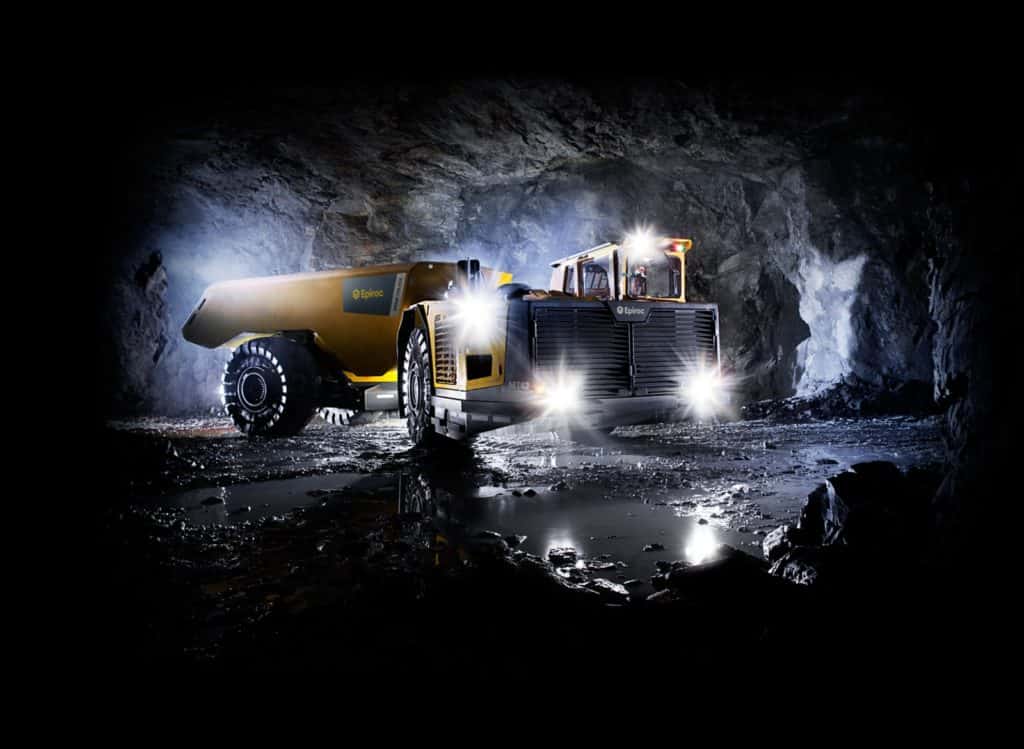Twin Metals Minnesota today announced it will build on its commitment to advancing the nation’s most sustainable and technologically advanced underground mining project by investing in the electrification of its mining and support vehicle fleets. Implementing battery electric vehicle technology is the latest effort by Twin Metals to reduce its project footprint and further minimise environmental impacts. Twin Metals Minnesota is a subsidiary of Antofagasta PLC one of the top ten copper producers globally.
The company is focused on designing, constructing and operating an underground copper, nickel, cobalt and platinum group metals mine, located about nine miles southeast of Ely and 11 miles northeast of Babbitt. It is targeting the minerals within the Maturi deposit, which is part of the Duluth Complex geologic formation.
“Today, we are committing to use the very technologies combatting climate change that require the metals our world-class, 21st century mine will produce,” said Kelly Osborne, Twin Metals Chief Executive Officer. “We’re doubling down in our fight against climate change by both delivering the raw materials needed for our clean energy future and using the most innovative technologies to reduce the impacts of our own operations.”
Converting the mine’s fleet from previously proposed diesel equipment to electric vehicles will allow Twin Metals to significantly reduce its onsite greenhouse gas emissions (GHG) by 65%. Additional benefits include a decrease in power requirements for underground ventilation and heating; a reduction in maintenance needs; noise reduction; and improved worker safety and air quality.
“Battery electric mining equipment has advanced significantly since the technology was first introduced just over 10 years ago, and it will only continue to improve as Twin Metals gets closer to becoming operational,” said Glenn Barr, Twin Metals Vice President of Project Development. “This is an incredibly exciting time for the mining industry as we work to advance cutting-edge technologies that can greatly reduce our industry’s footprint, and we’re proud that Twin Metals is at the forefront of this shift toward sustainable, innovative mining practices.”
Twin Metals will be the first mine in the state of Minnesota to adopt battery electric vehicle technology. The planned electric vehicle fleet represents nearly 100% of the mining and large support vehicles for the project. Twin Metals has not yet established contracts with specific battery electric mining equipment vendors but included images of an Epiroc Minetruck, Sandvik LHD and MacLean EV Series utility machine in the release.
Today’s news follows the company’s 2019 announcement that it was shifting to dry stack tailings management in its proposed design. Dry stack and filtered tailings technology remove the need for a dam and is the most sustainable method used to store tailings. Dry stack was endorsed in a 2020 study by MiningWatch, Earthworks, International Council on Mining & Metals, and by more than 140 NGOs.
For more than a decade, Twin Metals says it has worked to develop and propose an underground mining project. Some of the key elements of the project that demonstrate the company’s commitment to sustainability include:
- Small surface footprint, about 15% of the footprint of a traditional open pit mine of similar production capacity
- Dry stack tailings management, which means no tailings dams or potential for dam failures
- No acid rock drainage potential due to the geology and proposed mining methods
- Underground mine, which allows for minimizing a vast majority of on-surface mining activity
- No waste rock piles on the surface
- No discharge of process or contact water
Twin Metals submitted its formal mine plan to state and federal regulators in late 2019 and is currently undergoing the rigorous, multi-year environmental review process. The Duluth Complex, where Twin Metals plans to mine, is the world’s largest undeveloped copper-nickel deposit containing critical minerals needed for a green energy future.
Antofagasta, Twin Metals’ parent company, has led the industry in setting ambitious goals for sustainable mining practices. All four of Antofagasta’s mining operations in Chile will be powered by 100% renewable energy by 2022. The company has also reduced its GHG emissions by more than 580,000 tons since 2018 and has a new goal to decrease those emissions by an additional 30% between now and 2025.
Antofagasta also recently joined the Charge On Innovation Challenge as a patron, which is aimed at the development of solutions for large-scale haul truck electrification systems to help the mining sector reduce diesel fuel consumption and cut emissions from surface mine operations.











